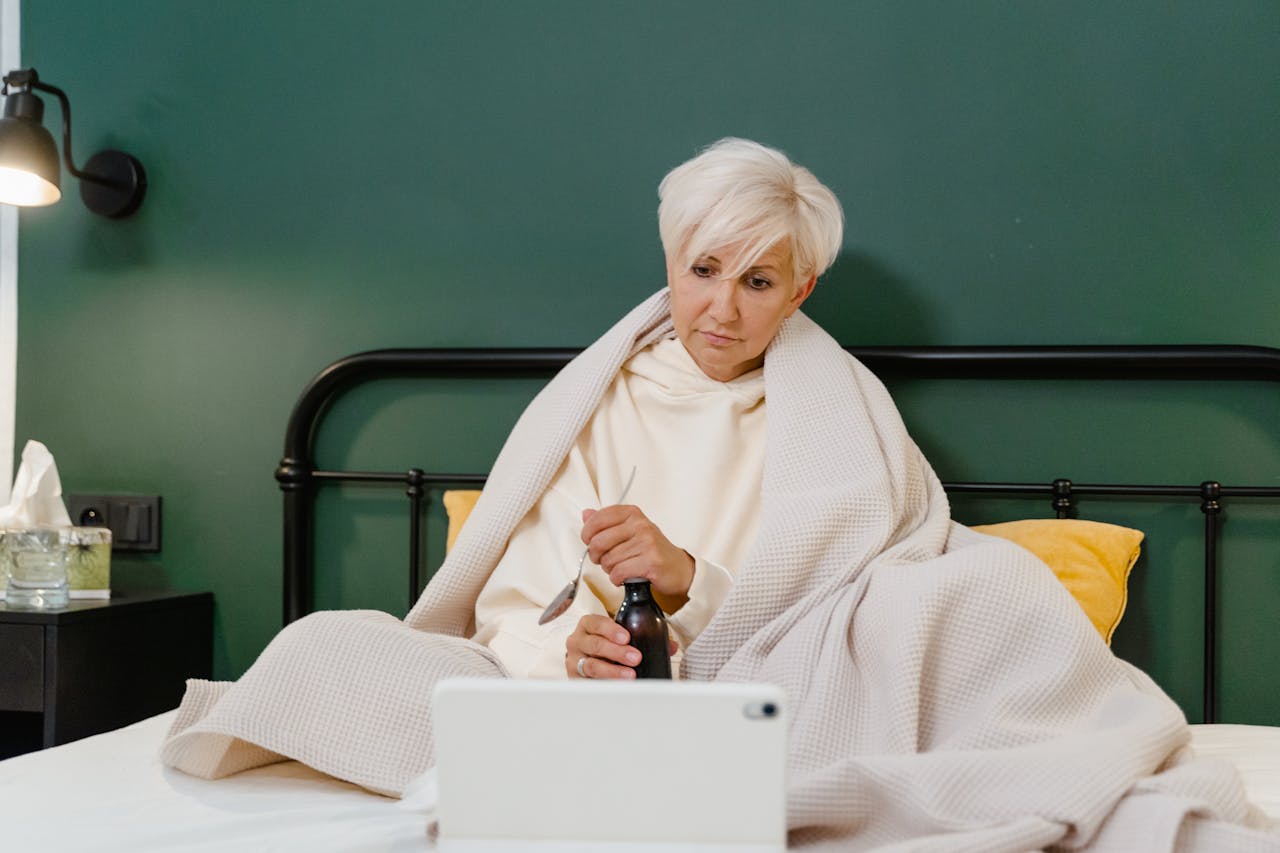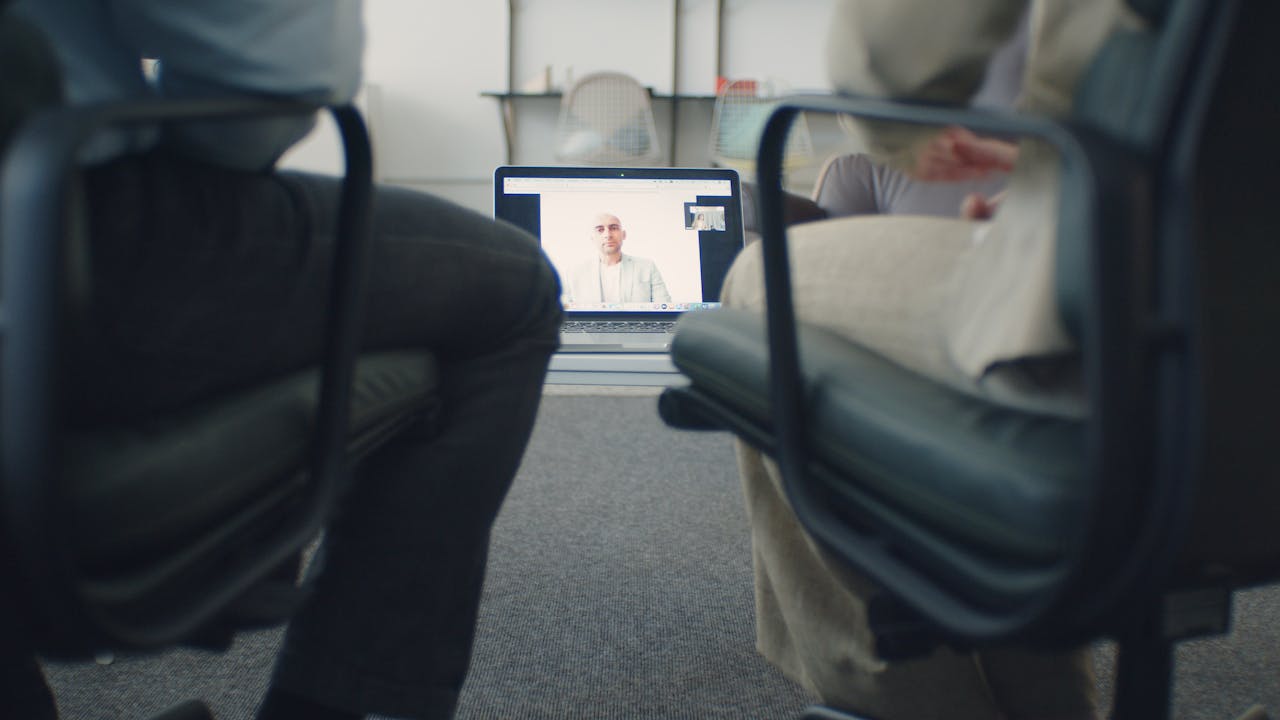Mental health care has never exactly been known for convenience. Between waiting lists, long drives, awkward offices, and a general sense that you’re slotting your most personal issues into someone else’s schedule, it’s been more of an obstacle course than an open door. But something seismic has shifted. And no, it’s not just the pandemic fallout or a hot new therapy trend.
The real disrupter—the one that’s quietly rewriting how we treat serious mental health needs—is virtual IOP. If those three letters don’t mean much to you yet, they will. Intensive Outpatient Programs, once limited to a rigid structure inside brick-and-mortar clinics, are now being delivered through your screen. And it’s changing absolutely everything.
The Mental Health System Was Buckling
We’ve spent years throwing duct tape at a dam. More therapists? Sure, but still not enough. More apps? Great, but many don’t go deep enough for people truly struggling. More awareness? Wonderful. But what good is awareness if you can’t get help?
Traditional mental health care has its limits, especially when someone needs more than weekly therapy but doesn’t need—or can’t face—checking into a facility. That’s where IOP comes in. It’s a step up in care, typically involving multiple group sessions per week, individual therapy, and sometimes medication support. But until recently, it was locked into an old-school format. You showed up in person, sat in a sterile room, and hoped it didn’t disrupt your life too much. Spoiler: it usually did.
The result? Tons of people either skipped it altogether or dropped out early. Not because they didn’t want help. Because the system didn’t fit their lives.
Virtual IOP Isn’t Just Convenient. It’s the Missing Link.
What happens when you take something as powerful as IOP and make it work for real life? You get a model that meets people where they are, not just geographically, but emotionally, logistically, and even financially. That’s exactly what virtual IOP has done.
And the reach is massive. We’re talking virtual IOP in California, Hawaii, Florida and beyond, available from your living room, your car during your lunch break, or your bedroom floor if that’s where you feel safest. It’s confidential. It’s structured. And—maybe most importantly—it’s doable.
Suddenly, single parents who can’t afford a sitter don’t have to choose between childcare and healing. Teens in rural areas aren’t left with nothing but a school counsellor and a prayer. People who feel too anxious to drive across town now get help without ever putting on real pants. There’s nothing weak about needing care to be accessible. It’s smart, and it’s overdue.
We’re Finally Treating the Whole Person

One of the biggest surprises about virtual IOP? It’s not some watered-down version of care. In many ways, it’s better. That’s because when people get help in their real-life setting, therapists can work with what’s going on. The anxiety isn’t theoretical anymore—it’s playing out in the home where it lives.
That window into day-to-day reality gives therapists more than they ever got in an office. They see patterns more clearly. They tailor treatment more precisely. They watch people grow in the same space where they used to spiral.
And participants tend to stick with it longer. They don’t have to battle logistics to show up, so they do. And consistency means progress. Real, measurable, life-shifting progress.
The Group Experience Actually Works, Even Online

People assume virtual group therapy is going to feel awkward or flat. But it turns out, when done well, it can feel incredibly real. Vulnerability translates. You don’t need to be in the same physical room to connect with someone who just said exactly what you’ve been thinking but were too ashamed to say out loud.
For many, that’s the first time they’ve ever felt seen. And when someone halfway across the country nods and says, “me too,” that’s not just cathartic. That's a therapeutic alliance in action.
And here’s the kicker—it’s not just the warm fuzzies. The data is catching up, and it’s showing that these programs can be just as effective as in-person ones. Sometimes more, especially for people who would’ve dropped out of an in-person model due to life getting in the way.
It’s also worth noting that telemedicine as a whole has carved out a permanent seat at the mental health table. It’s no longer the backup plan. For millions, it’s the first choice—and for good reason.
The Stigma Shrinks When the Walls Come Down
There’s something symbolic about not having to walk into a clinic to get care. It softens the edges around the whole idea of getting help. For people who’ve always felt like they weren’t “sick enough” or “too broken,” virtual IOP makes the idea of treatment feel less like an identity crisis and more like a smart decision.
Even the language around it is evolving. It’s not about being admitted or checking in. It’s joining. Participating. Tapping in. People are reclaiming mental health care as a form of agency, not defeat.
And for younger generations who grew up online, this isn’t some odd adjustment. It’s natural. Their social worlds, educational lives, and workspaces already exist in digital spaces. Why wouldn’t they care?
This isn’t about coddling or shortcuts. It’s about finally realizing that flexibility doesn’t mean compromise. It means we’re evolving.
A Turning Point We Didn’t See Coming
It’s wild to think that just a few years ago, virtual IOP was barely on the radar. Now it’s the thing keeping thousands of people afloat—and helping them do more than just stay afloat. People are building better boundaries. Healing old trauma. Getting back into relationships that matter and cutting off the ones that don’t. They’re living instead of surviving.
And they’re doing it without uprooting their lives, maxing out their PTO, or skipping rent to afford gas to get to treatment. That’s not just helpful. That’s a total rewrite of what mental health care looks like when it respects the human behind the symptoms.
Where It All Lands

Therapy has always worked best when it fits into real life, rather than demanding you build a new one around it. Virtual IOP is finally delivering on that. Not with gimmicks, but with substance. It’s not therapy-lite. It’s full-on intensive support, without the friction and shame and scheduling nightmares that used to come with it.
It’s meeting people in their mess, their chaos, their pyjamas, their realest moments—and still offering structure, tools, and healing. That’s not just innovative. That’s what mental health care should’ve looked like all along.
A New Way Forward
We’re past the point of debating whether virtual IOP works. It does. It’s here. And it’s not going anywhere. The only question now is how many more people can access it before the old models catch up—or get out of the way.









